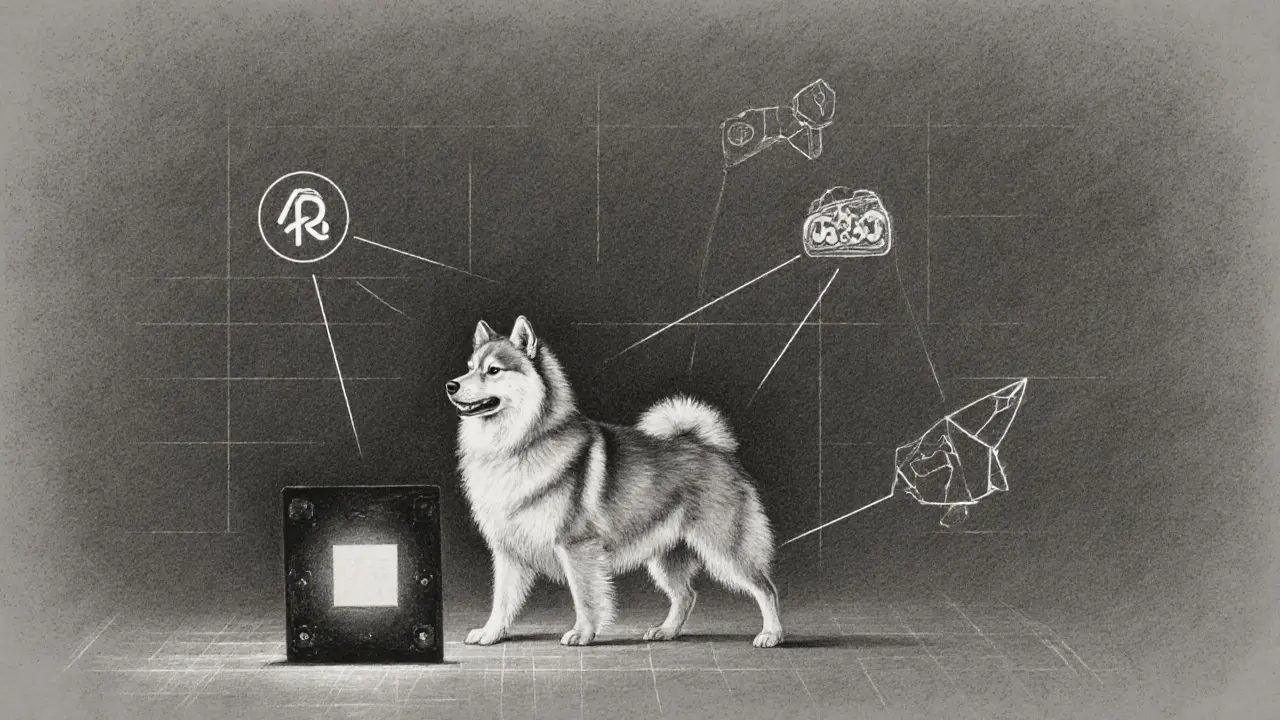Samoyedcoin (SAMO) is Solana's first memecoin, designed not to make money, but to teach beginners how to use Solana. With a small market cap and strong community, it's a gateway into Web3 for new crypto users.
Samoyedcoin: What It Is, Why It’s Controversial, and What You Need to Know
When people talk about Samoyedcoin, a meme-based cryptocurrency launched on the Binance Smart Chain with no official team or roadmap. Also known as SAMO, it’s one of those tokens that gained attention not because of technology, but because of internet culture and speculative hype. Unlike real projects with whitepapers, audits, or working products, Samoyedcoin exists mostly as a social experiment — a coin built on dog memes, community chaos, and pump-and-dump cycles.
It’s not alone. Samoyedcoin fits right into a cluster of tokens like Golden Dog (DOGS), a BNB Chain-based meme coin with zero trading volume and no real use case, or Dynamic Trust Network (DTN), a fake token with a made-up price and zero circulating supply. These aren’t investments — they’re digital lottery tickets. People buy them hoping for a quick flip, not because they believe in the project. And just like those other tokens, Samoyedcoin has no team, no audited smart contract, and no clear purpose beyond trading volume manipulation.
What makes Samoyedcoin dangerous isn’t just that it’s a meme coin — it’s that it’s often marketed as legitimate. Scammers use fake Twitter accounts, bot-driven Telegram groups, and paid influencers to push it as the "next big thing." They’ll show you charts that look like rockets, but those charts are just illusions — created by a handful of wallets dumping on new buyers. You’ll see people claiming they made 10x returns, but rarely do you see proof of them cashing out without losing everything. Real crypto projects don’t need hype machines. They build tools, attract users, and earn trust over time. Samoyedcoin? It’s all noise.
And here’s the thing: if you’re looking at Samoyedcoin, you’re probably also seeing other red flags — fake airdrops, untracked exchanges like Bitroom or Dexfin, and tokens with $0 liquidity that still have fake price tags. These aren’t isolated cases. They’re part of the same ecosystem: low-effort crypto scams dressed up as opportunities. The posts below dig into exactly that — how to tell the difference between a real token and a ghost, why some exchanges vanish overnight, and how to protect your wallet from the next fake coin pushing its way into your feed.

